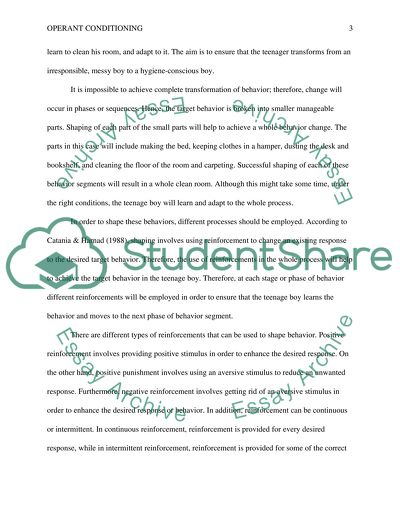Cite this document
(“Operant Conditioning Term Paper Example | Topics and Well Written Essays - 1000 words”, n.d.)
Retrieved from https://studentshare.org/psychology/1481724-operant-conditioning
Retrieved from https://studentshare.org/psychology/1481724-operant-conditioning
(Operant Conditioning Term Paper Example | Topics and Well Written Essays - 1000 Words)
https://studentshare.org/psychology/1481724-operant-conditioning.
https://studentshare.org/psychology/1481724-operant-conditioning.
“Operant Conditioning Term Paper Example | Topics and Well Written Essays - 1000 Words”, n.d. https://studentshare.org/psychology/1481724-operant-conditioning.


